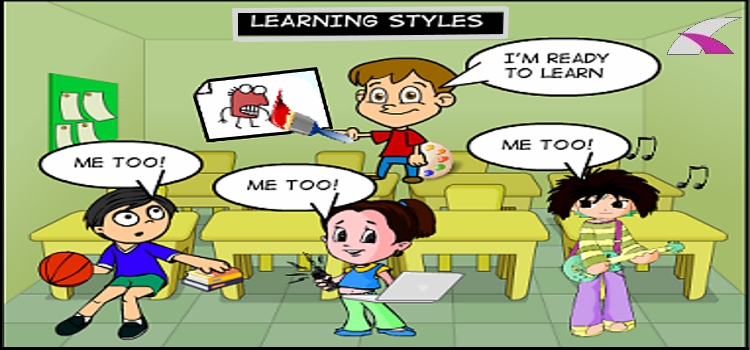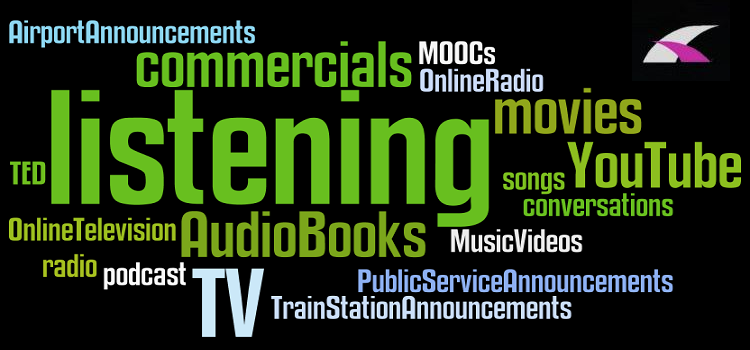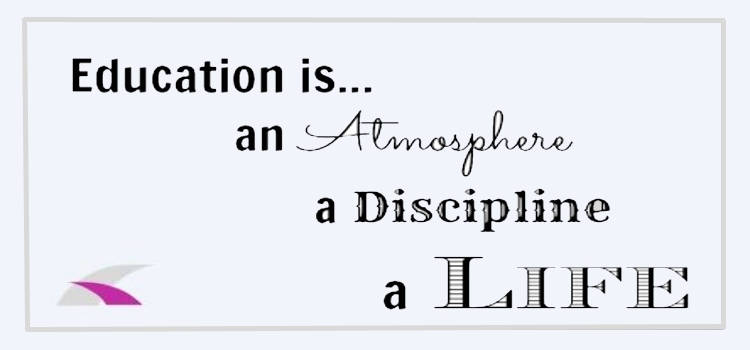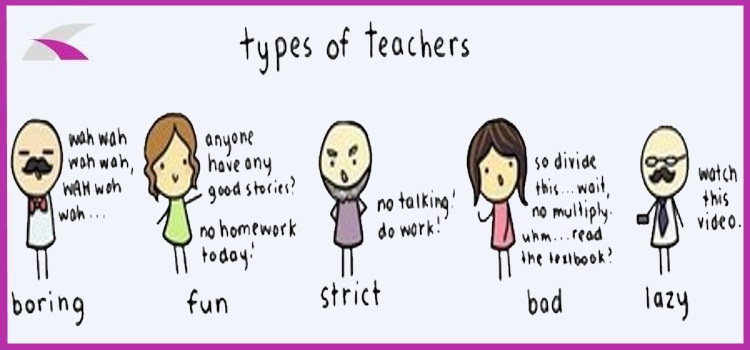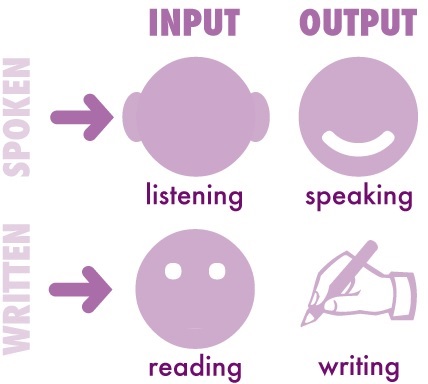In this day & age
paperless teaching is the future. Seeing that this is the case it should be no surprise that the next step should be using emails for ESL teaching. How emails are incorporated in the out-of-class learning experience depends of course on the nature of the teaching environment as well as the needs of both student & teacher.
Today we will consider using emails for ESL teaching as a supplement for after class learning in an interactive & dynamic way. Here at Oxbridge we have identified 3 broad categories which fit in with the
PPP method of language instruction:
With these types of activities
the teacher is in the centrefold where she or he gives a task to complete & the students interact directly (& only) with the teacher. This can take the form of a number of tasks such as:
The teacher poses a simple question & students have to provide an answer. Here students can get to practice words, phrases or grammar points they have studied in the last class or it could take on the form of more complex tasks for instance writing a composition.
Another way of using emails for teaching ESL is to where the teacher sends an email with mistakes the students themselves frequently make. It is the students´ job to pick up on the mistakes & send the corrected version back to the teacher.
Here the students receive an email where the paragraphs have been jumbled up. Obviously students then have to forward an edited version back to the teacher with the paragraphs in the right order.
Send an email where students have to choice between different options (of target language they covered in the last class). This is great when checking students´ comprehension in terms of formal/informal writing.
This approach is where the teacher is simply a
fly on the wall by giving pair or groups a specific task to complete & the teacher is simply copied in as CC. This way the teacher can monitor all interactions between the students & step in if they (repeatedly make the same) mistakes or to spark up conversation if the discussion is dormant. Certain ideas to follow include:
Students simply take turns in discussing a specific topic (provided by the teacher), solving a problem, an experience they have had or their opinion on a matter.
This starts off with one student sending a simple question to another. The other student then answers in a complete sentence followed by posing another question to the other student & so the activity continues.
Chain story is where one student starts a story & the other students add bits to the story-line. This could be done by practicing a certain tense or target language (e.g. each student has to use a new bit of target language they have learnt from the last lesson).
This is basically the same as the other form of less controlled formats of using emails for ESL teaching. The only difference is that this caters for larger groups where one person start with one of the above mentioned activities & the person next in line contributes to the discussion. The whole group is CCed into the email which means they can follow the flow of things & everybody is aware of when they have to do their part. Notice that a form of control is still exerted seeing that nobody can dominate the discussion– everybody has a turn.
Here the teacher gives all
power to the students. The teacher simply gives them a task to complete & each student has a specific role. Tasks could include researching an issue (& each student looks into a different aspect), debating a hot topic or solving a specific problem. All the while the teacher is still CCed, but is completely passive. With uncontrolled language practice the students are set loose & they have to compile a report (document, mind map or PowerPoint presentation) that they have to email to the teacher.
Our team of Oxbridge teachers jumped in & gave the following suggestions to keep in mind when using emails to promote teaching:
Create a discussion forum (monitored by a teacher) where students could post questions or discuss their classes. They can sign up freely & get grouped together according to their level or interests. An alternative is a type of FAQ platform where a teacher is assigned to be online between certain hours if students have any questions.
Teachers thought it would be a great idea to have a general student resource where students gain access to videos/text/material based on what they have learnt that week.
Students need to be not only informed, but also incentivized to use this emailing service. Keep it light & fun!
When using emails for teaching ESL, it is important that students don’t feel overwhelmed with hundreds of emails showering down on them. So keep the interactions & the time spent on the tasks short & sweet.
One way of condensing all the students receive is by regularly sending them an up-to-date newsletter containing activities, pieces of information & possibly the email tasks they have to complete in one simple click.
We trust that you can see that
the advantages & techniques related to emails for ESL teaching are endless; through the words of David Warlick
emails are the way forward to modern day language acquisition:
“We need technology in every classroom and in every student and teacher’s hand, because it is the pen and paper of our time, and it is the lens through which we experience much of our world.”
David Warlick


